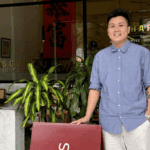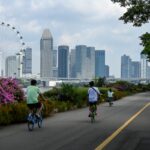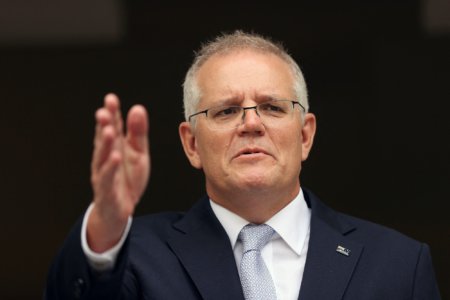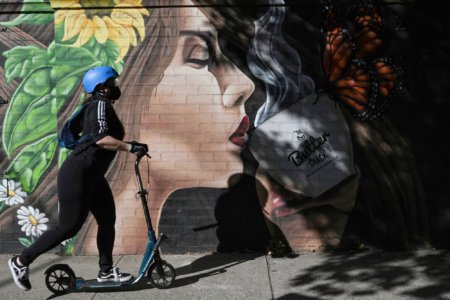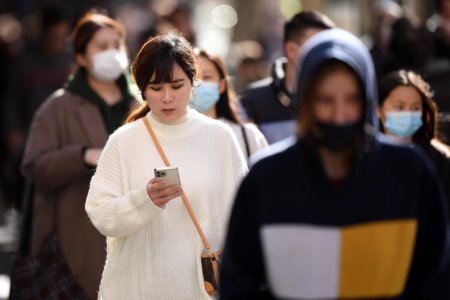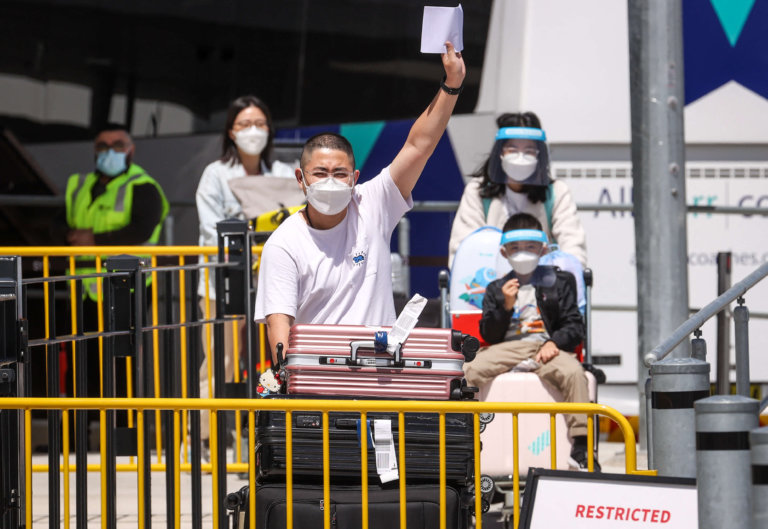
After two years of barring foreigners from entry, Australia’s border reopens for many visa holders, despite the country’s Omicron surge. International students who’ve had to endure offshore learning are finally returning in phases to resume on-campus learning, with 43,000 students arriving in the last two months, said Alex Hawke, Australia’s Minister for Immigration, Citizenship, Migrant Services and Multicultural Affairs, in a media release.
The re-entry began in mid-December, after initial plans were delayed due to Omicron-related spikes ahead of the holiday season. In November 2021, the Australian government had made an announcement to allow entry for fully-vaccinated travellers under the Skilled and Student cohorts, Humanitarian, Working Holiday Maker and several family visa holders as part of the country’s economic recovery plan.
“There are currently more than 150,000 international student visa holders overseas who have been supported to continue their Australian studies, and the reopening of our borders to them sends a clear signal that Australia remains a top study destination,” said Hawke.
International students with a strong social network are more likely to find suitable employment while studying and after graduating. 🐨🦘#InternationalStudentsAustralia https://t.co/LcyvoK0Wzf
— Study International (@Study_INTNL) January 18, 2022
Australia’s border reopens: More work hours, visa flexibility for international students
The border relaxation comes as a relief for many foreign students, who have endlessly campaigned for their return to on-campus learning. Learning offshore has thrown a wrench in their study plans, especially for students who need to complete lab work and practicum as part of their course requirements.
Aside from students currently enrolled in universities, the government has tweaked visa regulations to permit entry of current and former Temporary Graduate (subclass 485) visa holders from Feb. 18, 2022 onwards. They would have the opportunity to apply for a further stay once they’ve re-entered Australia.
Visas will be extended for graduates who were outside of Australia between Feb. 1, 2020 and Dec. 14, 2021, while they held a valid Temporary Graduate visa, the statement read. Visa holders will be notified of the extension of their visas directly by the Department of Home Affairs, after which they may arrive in Australia from Feb. 18, 2022 onwards.
Last week, Australian Prime Minister Scott Morrison had unveiled the government’s plan to scrap the 40-hour-a-fortnight cap on working hours as a way to fill worker shortages in affected sectors due to the Omicron outbreak. International students in Australia often work in convenience stores, supermarkets and food and beverage sectors. They can also work in jobs in aged care.
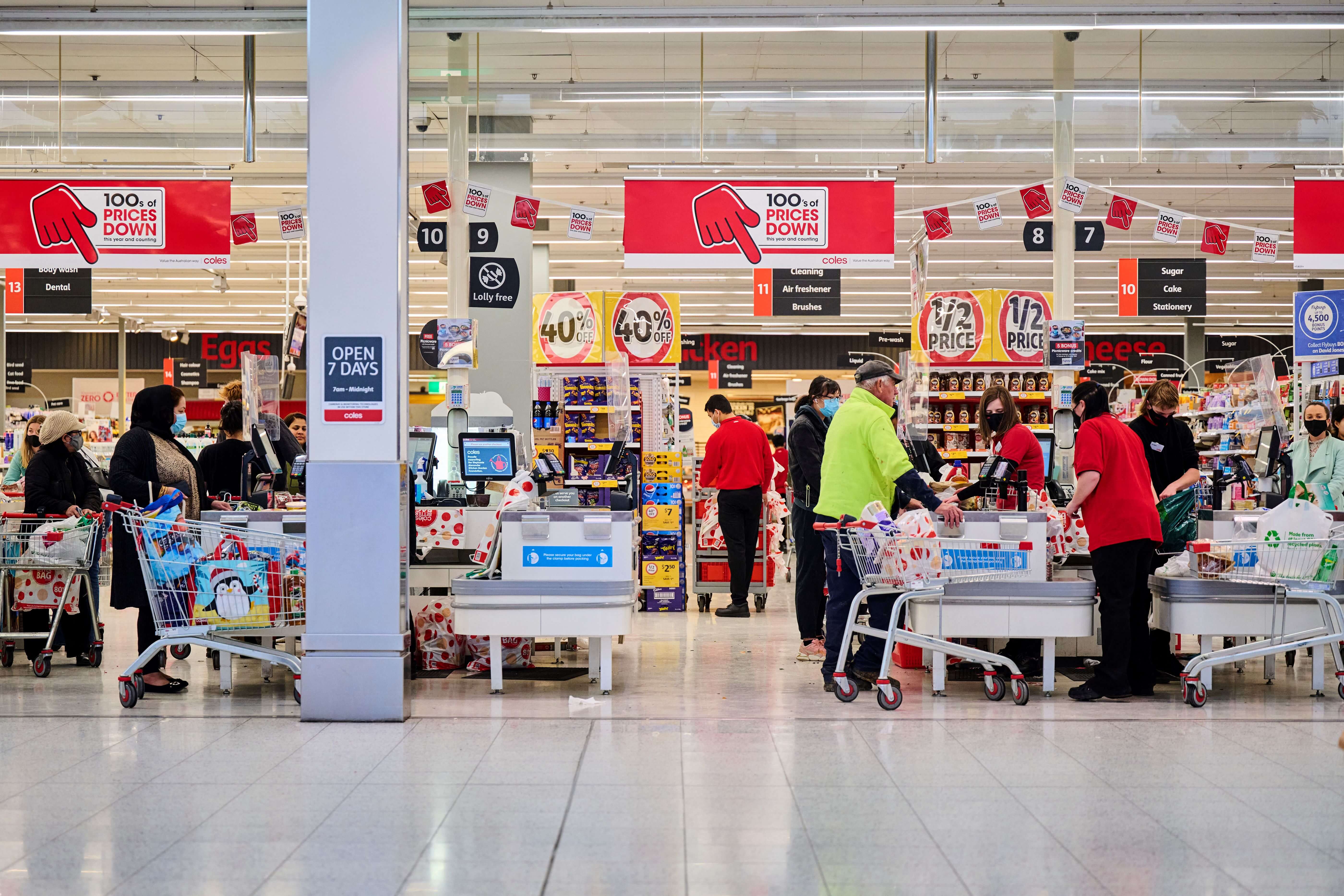
As Australia’s border reopens, the country is allowing international students to work longer hours due to worker shortages in the country following an Omicron outbreak. Source: Rohan Thomson/AFP
According to the Australian Bureau of Statistics, job vacancies swelled to a record number of 396,100 in the three months to November last year, following intense recruitment drives at the end of Delta lockdowns in several states and territories.
As Australia’s border reopens, allowing international students to fill labour shortages is a temporary solution to mitigate COVID-19’s crippling effect on the Australian economy. Critics, however, argue that the move places undue pressure on international students who’ve already endured much to enter the country, and are still teetering on an uneven ground upon reentry.
“The biggest question is that international students came here to study,” Oscar Zi Shao Ong, President of the Council of International Students Australia (CISA), was quoted saying to ABC News.
He mentioned the challenges that international students face in meeting university deadlines, and how work could place “additional pressure” on top of their academic demands. There is also the problem of exposure to COVID-19 in the work environment. “Then who’s going to be responsible to take care of them, if international students fall sick?” adds Ong.
Morrison also announced that international students who arrive in Australia from today will enjoy a visa rebate of 630 Australian dollars per student in a bid to woo back students to the country and fill worker shortages.




